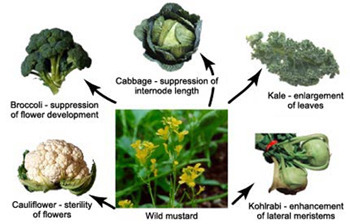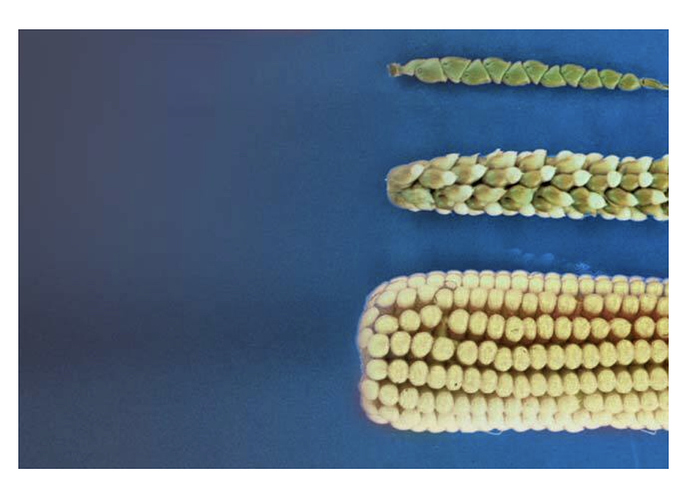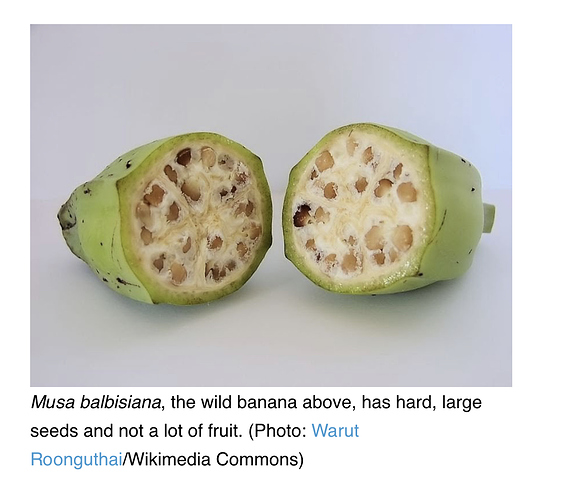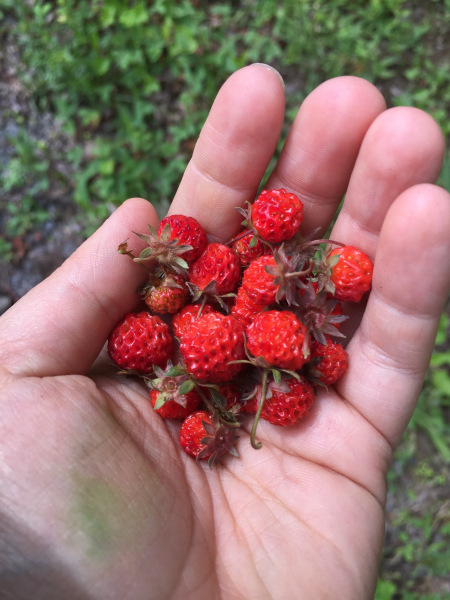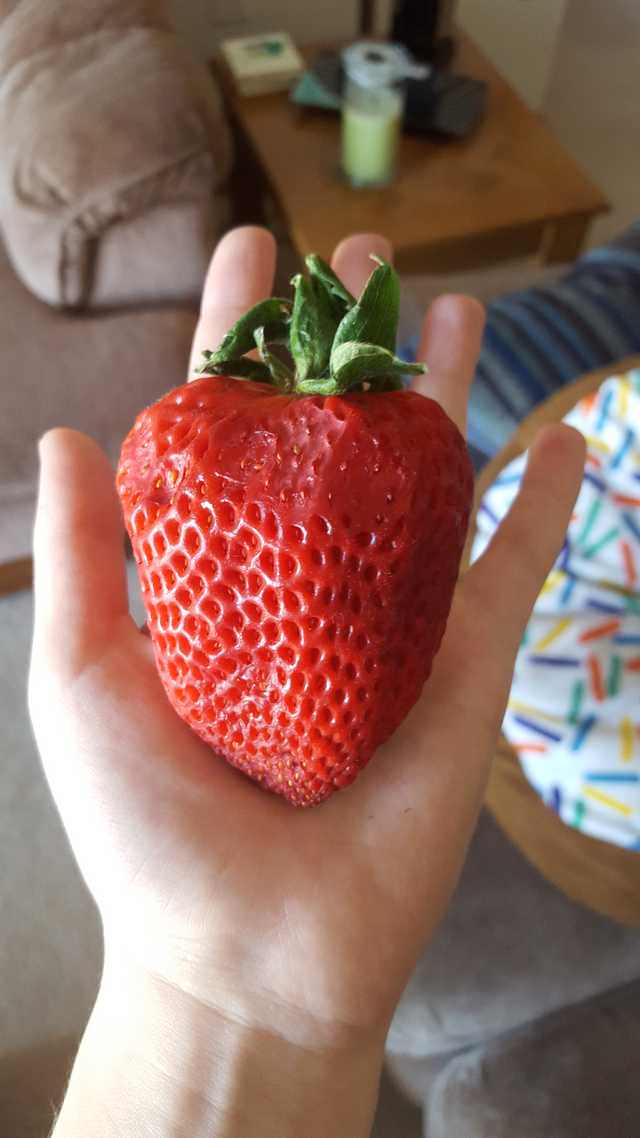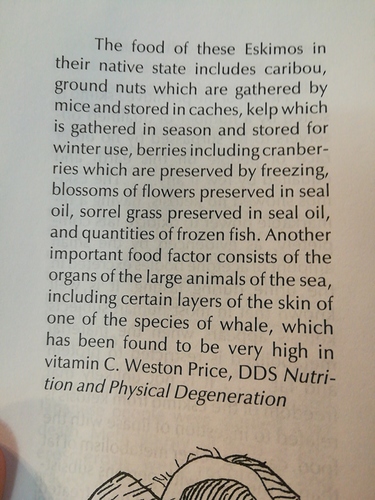The bananas we buy in the store are called Cavendish bananas. They were bred to resist a killer fungus as it wiped out the kind of banana sold until the 1950s. There’s persistent talk that another fungus is on the verge of wiping out the Cavendish.
The fungus, something called a Fusarium wilt, has hit Asia and Africa and has now reached Australia’s banana-growing regions, Phoebe Sedgman reports for BloombergBusiness (H/T Mark Frauenfelder at Boing Boing ). The banana industry is worried, mostly because they have no other alternatives. This is a problem of the industry’s own making. And they had a similar issue before.
Bananas could conceivably disappear from markets, or at least get more expensive. I believe there’s going to be a new breed to replace the Cavendish, but it’s sure not guaranteed.
If you read Wheat Belly, you know today’s wheat crop doesn’t have much in common with wheat from even a hundred years ago. Very little in common with wheat being grown and sold in really ancient times. The “amber waves of grain” are gone: modern wheat doesn’t grow four or five feet tall - why waste the plant’s effort in a stem? - it’s a stubby, little club-shaped plant that’s bred (designed) to produce a lot of food crop.
Though the modern version of wheat has been around since the early 1960s, history shows that humans have been eating the original wild version going back 10,000 or 11,000 years. In fact, the Middle East (primarily southeast Turkey) can claim early dibs on this crop.
The ancestor of modern wheat was known as einkorn. The Natufians, who roamed much of the Middle East, made use of not only einkorn but also wild cereals and rye. The climate in the area allowed them to cultivate the seeds and plan for the long term.
Most people at that time were hunters and gatherers, but the Natufians used the wheat as a staple, and it helped them thrive and create the first settlements.
Spelt arrived on the scene around the fifth or sixth century BCE; because of its wild grass parents, it had a superior adaptability to its wheat predecessors.
Finally, the early wheat varieties concluded with triticum aestivum, also known as common bread wheat. Today’s wheat is in this form, even though triticum aestivum originally appeared about 1700 BCE.
I personally wonder if there’s anything in the food chain that hasn’t been bred to be very different from what was available even as recently as 2000 years ago.
